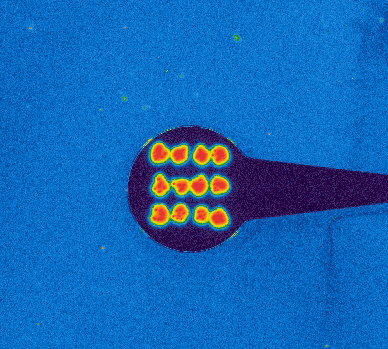
Background
Microarrays are a groundbreaking biotechnology tool at the forefront of life sciences, enabling high-throughput analysis of complex biological samples. They play a vital role in addressing global health challenges such as cancer and viral diseases by allowing precise, automated examination of heterogeneous cellular environments.
The technology relies on the creation of microscopic structures—known as arrays—composed of various biological materials including RNA, DNA, proteins, and other molecules. These structures are produced in a highly controlled manner, making microarrays exceptionally suited for detailed scientific investigation and data generation.
Just getting started with microarrays? Read more about in this comprehensive article here.
Challenges
- Creating Ultra-Small Droplets.
- Ensuring Perfect Droplet Formation—Reliable and predictable droplet formation is essential for automation and reproducibility, especially with heterogeneous sample material.
- Selecting a Suitable Substrate the substrate’s surface properties significantly influence droplet behavior, including spreading, adhesion, and evaporation. Choosing the right material—such as borosilicate glass—is vital to achieving uniform deposition and consistent results.
Your Advantages of Using Microdispensing
-
Precision Droplet Formation Microdispensing systems—such as the Autodrop Gantry II—enable ultra-precise droplet generation, reaching volumes in the picoliter range. This precision is vital for applications that demand minimal sample waste and high spatial accuracy.
-
Automation & Reproducibility Integrated optical monitoring ensures real-time control over droplet shape, size, and placement. These features support automated workflows, minimizing variability and enhancing reproducibility across experiments.
-
Substrate Compatibility & Workflow Flexibility The system accommodates a wide range of liquids and substrates, thanks to software-controlled parameters like frequency, voltage, and pulse duration. These customizable settings allow fine-tuning for optimal performance and consistent sample deposition.
-
Environmental Control Add- such as humidifiers and ionizers help regulate ambient conditions—reducing evaporation and mitigating electrostatic charge to allow consistent dispensing results
Example Applications of Microdispening in Microarray Production
- DNA Arrays
- RNA Arrays
- Protein Arrays
